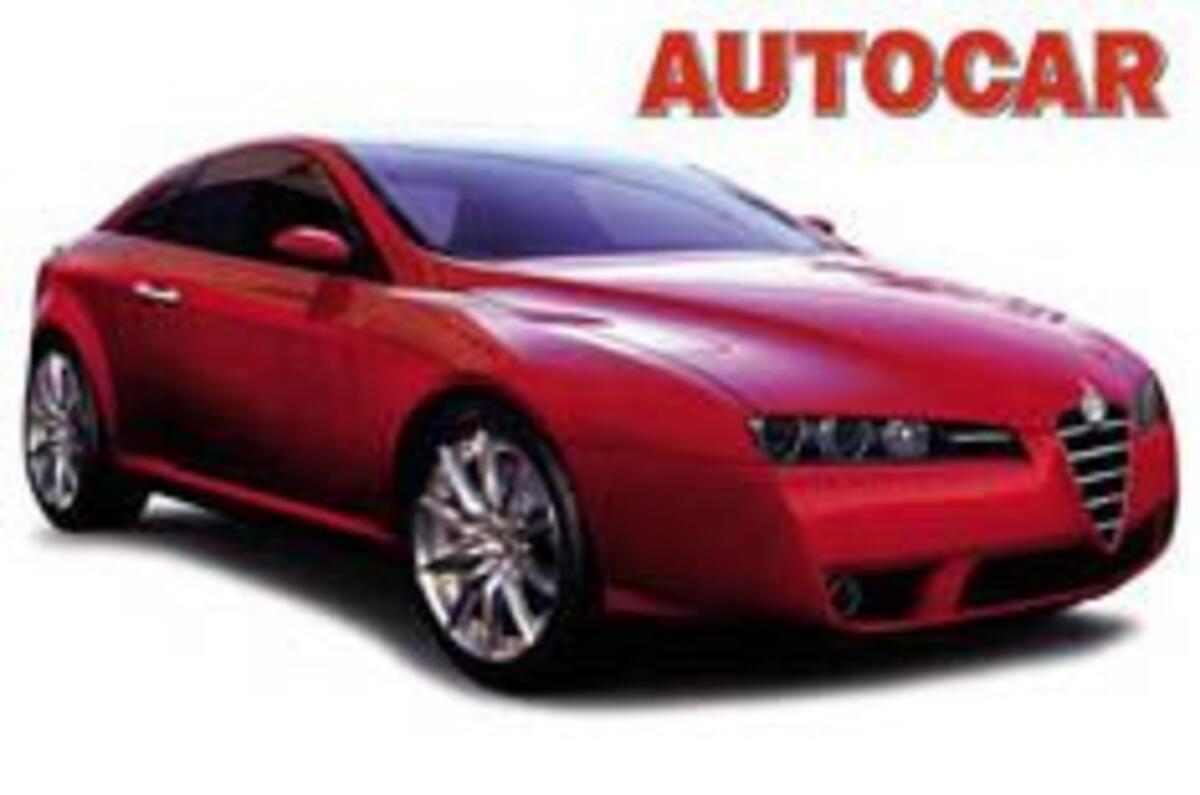Alfa Romeo is in the final stages of a product blitz that parent company Fiat hopes will catapult the brand firmly into the ranks of Europe’s premier league of car makers.
Despite sales figures which make the emotive marque no more than an also-ran in the premium market, Fiat Group has pledged a multi-million euro development budget and has pinned its hopes on one of the most advanced four-wheel-drive systems yet seen and a raft of advanced diesel and petrol engines. Alfa bosses hope that an even greater emphasis on advanced technology will finally break the company’s long association with glamorous but flawed cars.
Over the next three years we will see Alfa enter new market niches – including the all-important crossover segment – as well as attempting to raise its profile with a dramatic driver-orientated coupé and cabrio, and even a Ferrari-challenging supercar.
One of the most impressive aspects of this audacious plan is Alfa’s innovative mix-and-match construction approach. Aside from the all-new ‘Premium’ steel platform (developed solely by Alfa after Saab pulled out of the project nearly two years ago), Alfa engineers have also developed a hybrid spaceframe-cum-monocoque version of the Premium chassis. They have even created a new type of ‘rolling chassis’, which can be used for relatively short production runs of high-end bespoke models.
But while Alfa’s engines have been universally admired (indeed, the company’s JTD diesel is now a staple power unit for GM’s European brands), and the innovative construction techniques will be a boon to the company’s product planners, the key to a profitable future will be producing desirable cars that match class standards in handling and reliability, and set even higher standards than Alfa’s current models in terms of fit, finish and materials quality.
Alfa Romeos no longer rust and they are finished to far higher standards than a decade ago. However, rivals such as Audi have lifted the game on build quality to another plane, and the durability of Alfa mechanicals is still in question – problems with Selespeed transmissions, occasional engine failures and premature suspension wear can make reaching six-figure mileages an expensive process. But the company is reportedly addressing these issues in tandem with an upgrade of its dealer network, which in the past has frequently lost Alfa customers it has conquested from other brands.
And starting next spring at the Geneva Motor Show we should get our first look at the 157 saloon and Sportwagon (which should get the 158 moniker). These will be vital bread-and-butter cars for Alfa Romeo’s future, but close behind will be the Brera coupé (above, right) and spider. It’s this compact powerhouse that could do for the Milanese what the TT did for Audi.





Add your comment